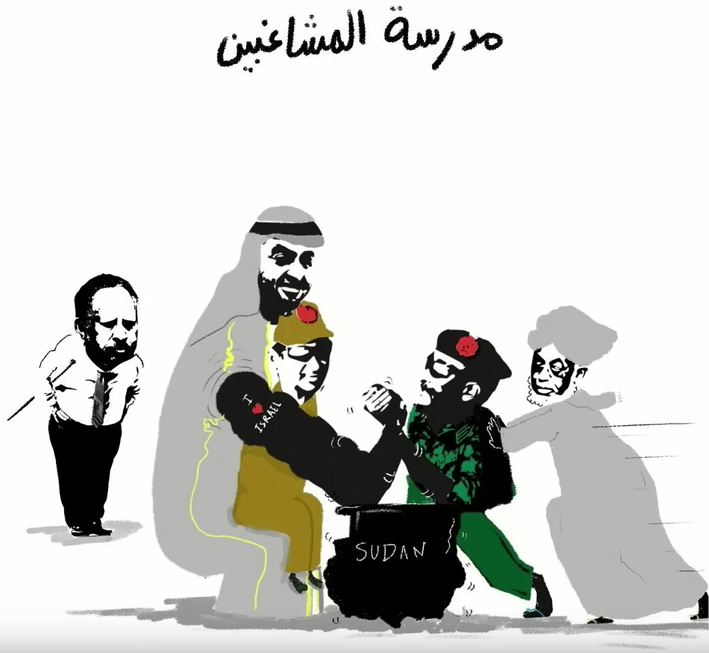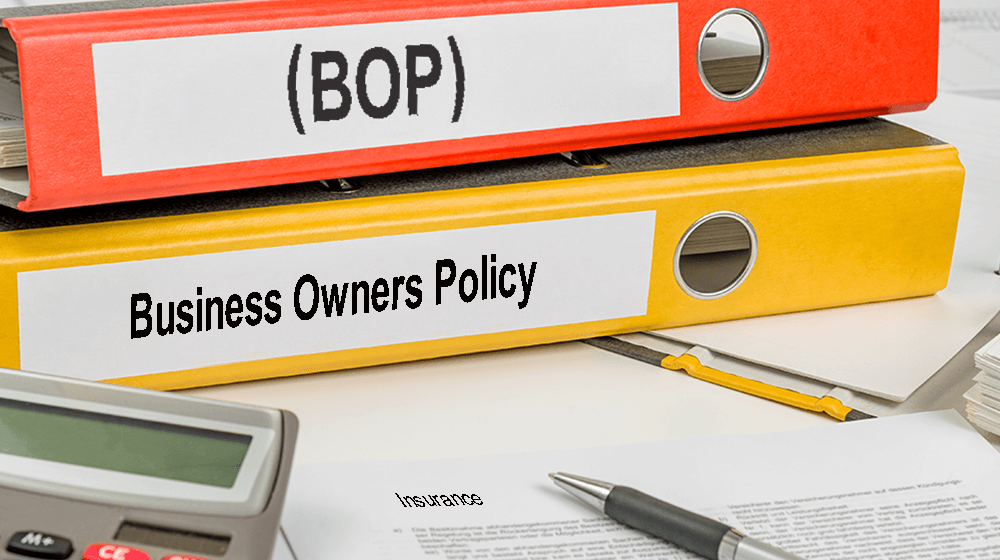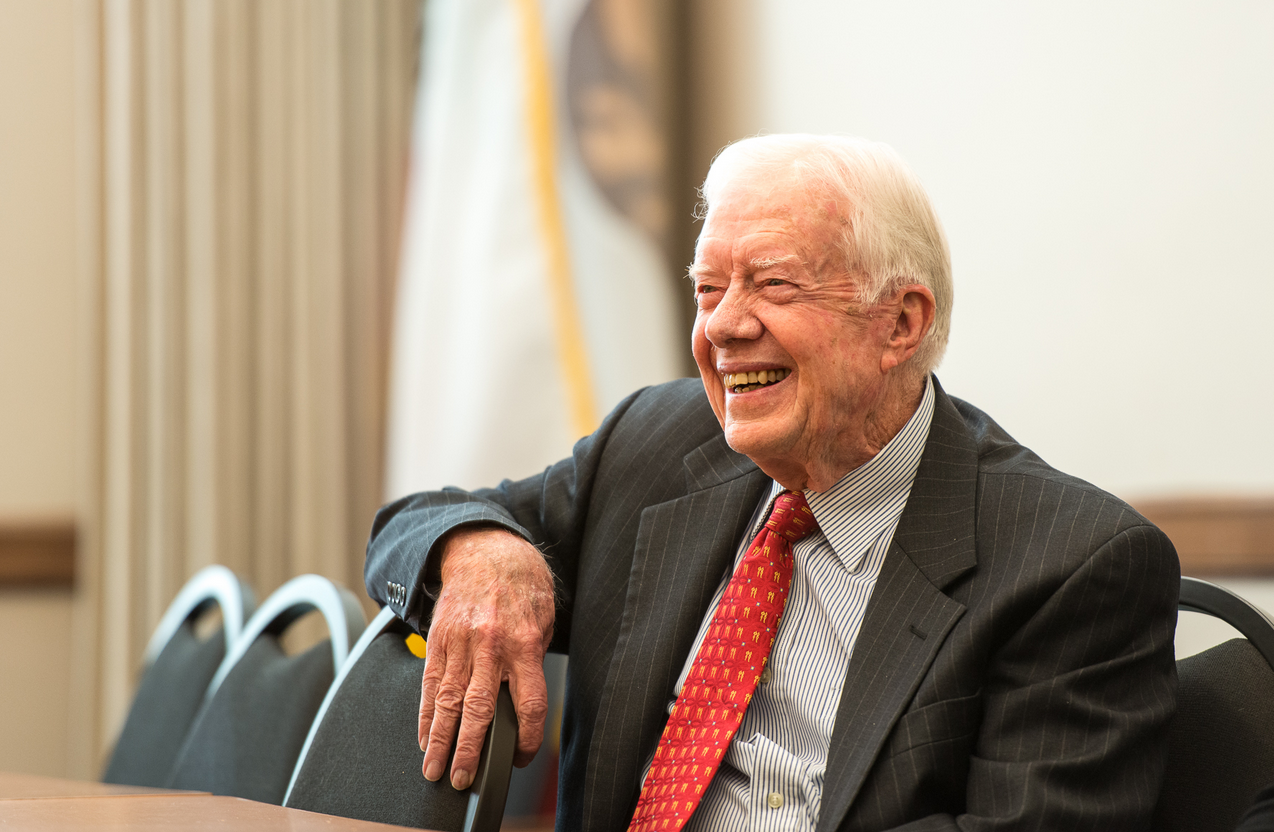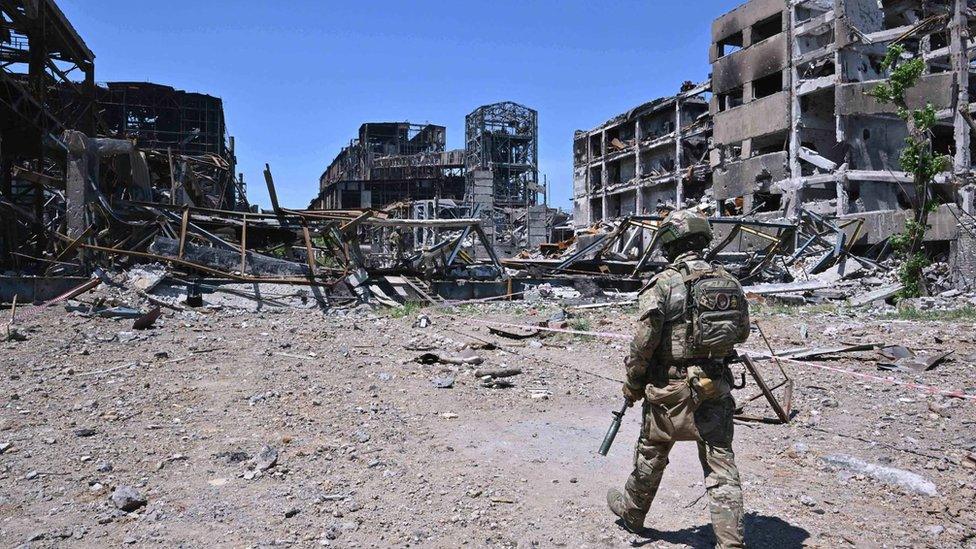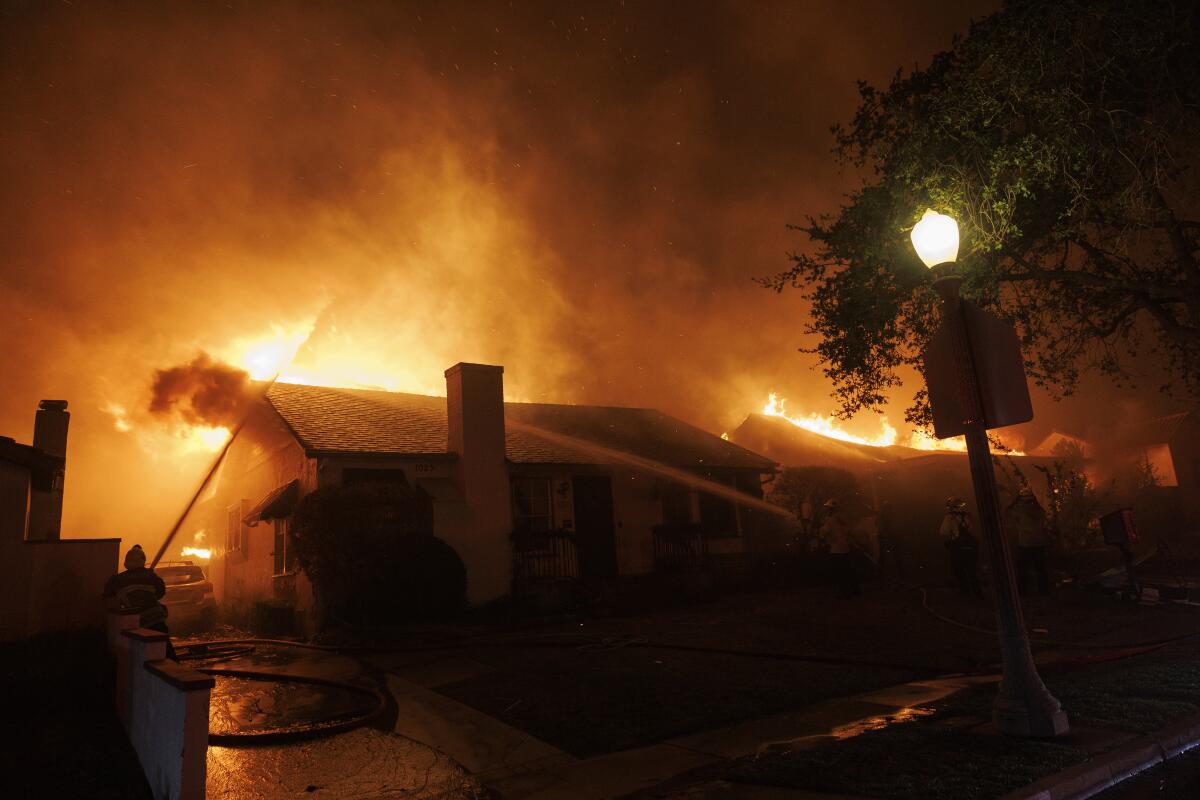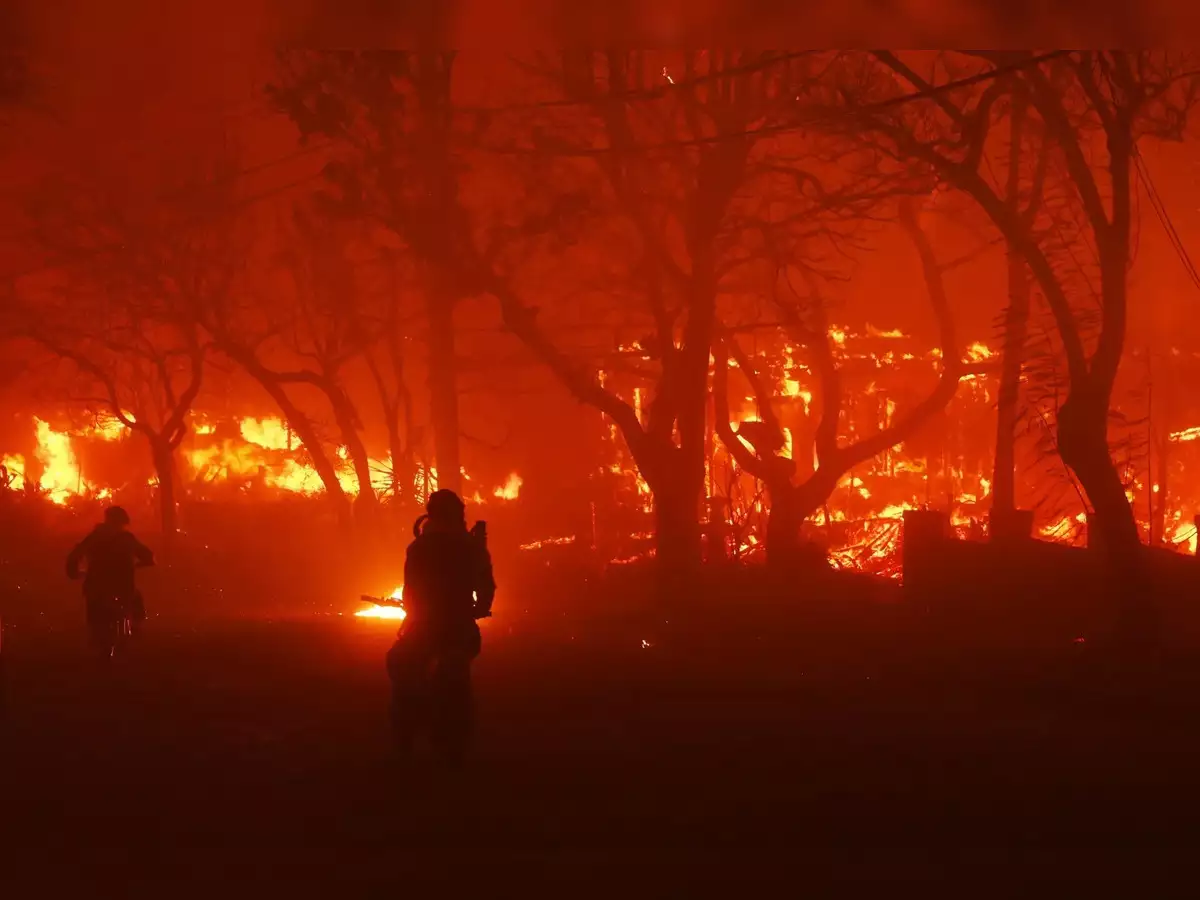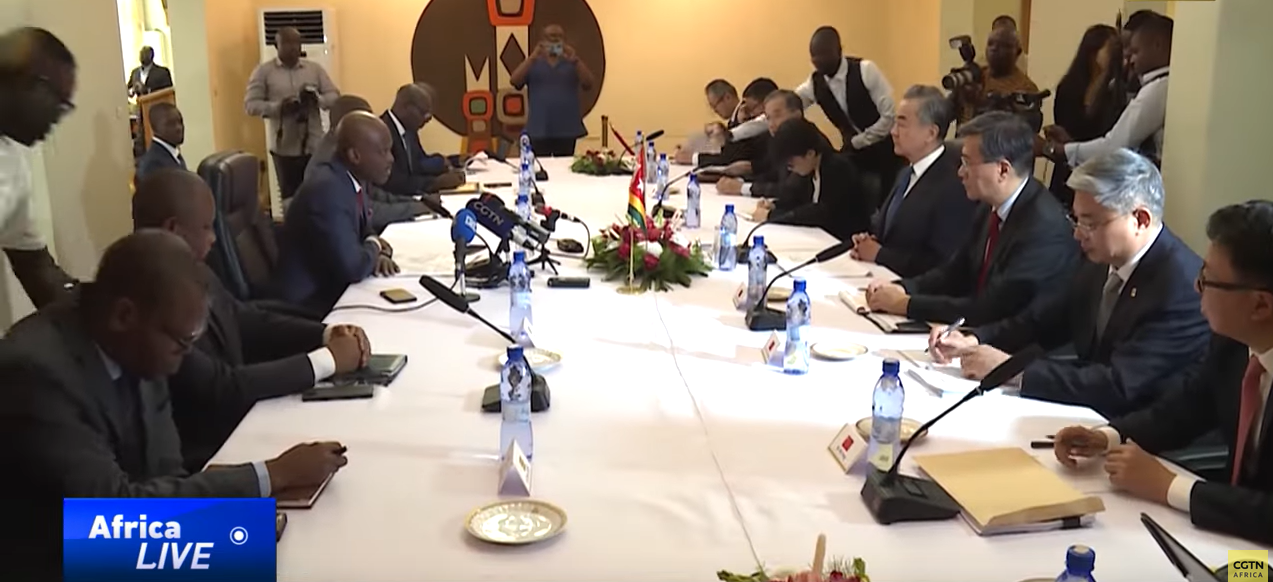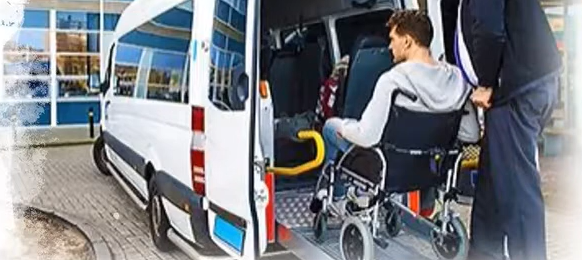By Mehdi Hasan and Team Zeteo
Photos: Zeteo\YouTube Screenshots
Life in war-torn Sudan grows even more dire each day. More than 11 million people have now been displaced as the conflict has ravaged that nation, unleashing intense violence and pushing its people to the brink of starvation. The genocide continues to go unchecked as the nation’s armed forces fight a brutal war against the Rapid Support Forces (RSF), a paramilitary group supported by, among others, the United Arab Emirates.
Sudanese artist and producer Khalid Albaih tells Mehdi in the conversation above, “It’s basically a displacement; a huge displacement situation, a crisis. We have a health crisis. We have epidemics, like a lot of cholera right now is turning up. There’s not enough hospitals for everyone. It’s a really bad situation in all areas of Sudan and even in the safe areas where the army is located.”
But the RSF have not only unleashed a brutal attack on the Sudanese people — they have also targeted Sudanese journalists, creating a media blackout that has prevented reporting about the genocide from reaching the rest of the world.
“It’s incredibly hard to find any source of credible news,” Albaih explains. “It’s more dangerous to have a camera than to have a weapon in RSF areas, so that’s one of the main reasons why there’s not enough footage coming out of Sudan.”
Watch the full interview above to hear about the war in Sudan, including the attacks on aid workers, the role of the UAE in the Sudan genocide, and how Albaih uses art to tell the story of his people.
